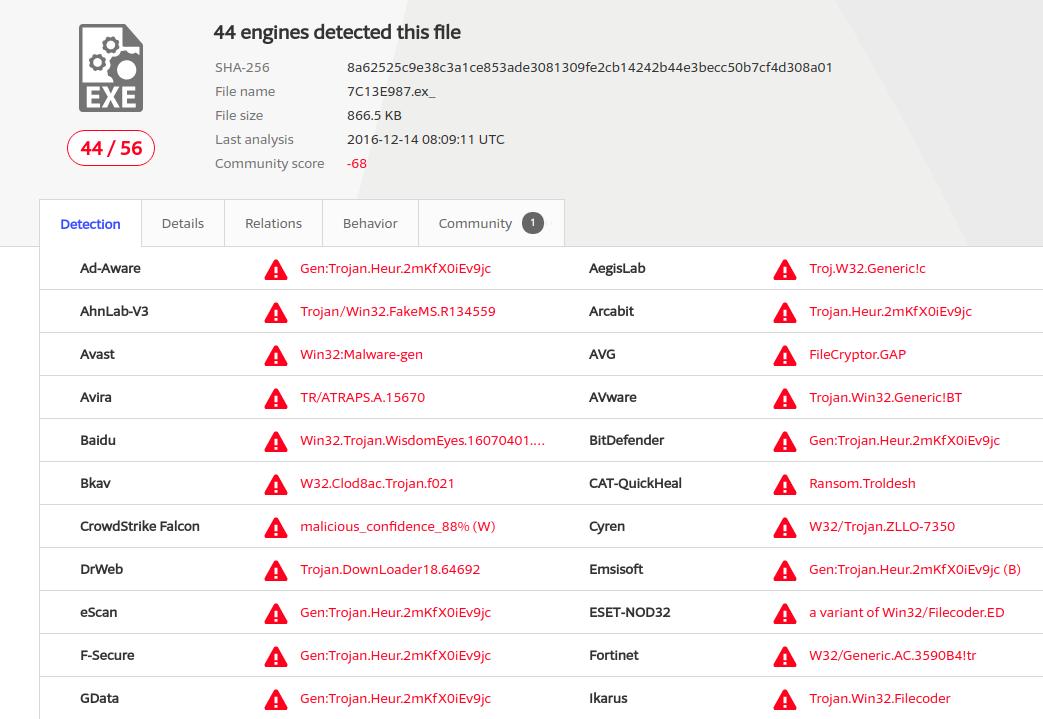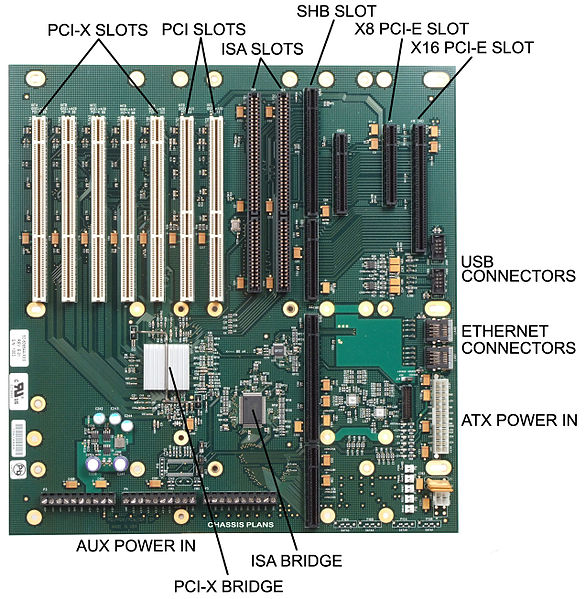Know thyself – Socrates
I ran across this link last week, from SANS, and it’s one of the better basic checklists I’ve seen for application security. With all due respect to OWASP, their information is more technical, and useful for practitioners – their testing guide is here. For the CIO level crowd, I’d highly recommend a look at their top 10 for 2017. And a serious nod to Bill Sempf – if you haven’t heard his talk about care and feeding of developers in the security space, go find it!
Since this missive was designed to have pretty pictures and convince you to send your developers to the SANS courses listed, it’s a nice start for security practitioners that may need to work with developers, but aren’t 100% versed in application security. Some of this info is more basic than OWASP’s, as well – which does not diminish it’s importance. Let’s talk about what they list here, and why it’s important.
Error handling and logging:
Don’t display the specific error messages generated by your programs/architecture, and don’t allow unhandled exceptions – both of these items can display information about the underlying architecture of your application. Attackers can leverage this information and any associated vulnerabilities to compromise the application. If the user creates a condition that generates an error, offer them enough information to fix the problem – nothing more, nothing less.
Don’t allow specific framework errors…”the X program says you broke Y variable” – suppress them. Allowing these errors discloses potentially useful information about the framework and architecture to attackers.
Log all the things! Log authentication attempts – successful or not. Log privilege changes – successful or not. Log all administrative activity, or administrative attempts. Log any and all access and access attempts to sensitive information.
Log all the things….except when you don’t. Don’t log sensitive information. Log the admin attempts, but not admin passwords. Don’t log any information that falls under HIPAA, PCI, or other regulatory spheres.
Store logs securely. Plain text in an internet facing share? Not the world’s best idea. Encrypt, secure, and protect against data loss and tampering. If you have a data retention policy, make sure that logs are included and the policy is followed.
Data Protection:
Turn ON HTTPS, turn OFF HTTP. The same URL should not be accessible via HTTP. Get your HTTPS certificates from a respectable CA – no self-signed certificates. Accepting them is bad practice, and you run the risk of the impression that you haven’t done your due diligence, AND of conditioning your users to bypass this simple security measure.
Disable weak ciphers. Don’t wait for the 4,732 vulnerability, and don’t argue that these vulnerabilities are difficult to exploit. The NEXT one might not be. Get your SSL sanitization house in order.
Don’t allow auto-complete. Yes, some browsers will ignore things – their bad practices shouldn’t be used to justify your bad practices.
Avoid storing user info. Tokenize when possible. If you have to store password, encrypt, salt, spindle, mutilate and fold. There’s no such thing as TOO safely here.
Operations:
Have a consistent, repeatable process for…application development, testing, change control. Include security requirements at the beginning of the design – don’t try to shoehorn them in after the fact.
Review, review, review. Code reviews. Design reviews. Security testing – as you go, not at the end. Harden the environment per best practices.
Train your developers on security! Work as partners, not as the guys who make stuff and those security guys that always say no.
Have an incident response plan. TEST your plan, evaluate your plan, use your plan. Do not wait til something DOES happen to discover the holes in your plan. Keep your plan updated, as staff contacts and responsibility changes. Do disaster recovery exercises.
Authentication:
Hard coded credentials. Don’t. Just don’t. But I need to because….no. You do not. There are safer ways to do this.
Have a strong password policy. Have a strong password reset – do not accidentally disclose things like the validity of an account via the password reset mechanism. Do have a password lockout policy – unlimited attempts is an invitation to a brute force attack.
Again, make sure your error messages aren’t handing valuable information to attackers.
Run applications and middleware with the least privilege required. Database passwords are gold – do not put them in code. Guard them. But I need to because…again, you do not. Do it right, don’t do it over.
Session management:
Put a logout button on every page. Every. Page. Then, invalidate the session once they’ve logged out – no back button resumption of the session.
Randomize your session tokens, so that they are not vulnerable to predictive attacks. Regenerate them as user permissions change. Unless the application requires multiple connections – and you have a legitimate need to DO this – destroy tokens in multiple sessions. Don’t leave yourself open to session cloning.
Cookies. And not the chocolate chip kind. Set the domain and path correctly. Use secure cookie attributes, and expire cookies as appropriate.
Log users out automatically on reasonable idle periods. Implement an absolute logout – there are few, if any, legitimate reasons to be logged in forever.
Input & Output handling:
Whitelist over blacklist. Only accept data that meets the criteria for your application.
Validate, validate, validate. Validate uploaded files – consider all uploads as suspect, and sandbox accordingly. Validate input sources.
Follow the OWASP recommendations, many detailed in the link above, for input, output, and safe transport.
Access control:
Apply access controls consistently. Use “gate keeper” technology, so that all requests are validated and verified, whether the user is logged in or not.
Don’t allow unvalidated forwards or redirects. This gives an attacker potential capability to access content without authentication.
Least privilege rules. Make access control mandatory, don’t elevate rights when you don’t absolutely need to. Don’t use direct object references to validate access.
There’s a lot more than I’ve include here….don’t understand these? Need more info? Talk to your developers. Buy ’em a burger. Buy ’em a beer. Become the guy who listens, and attempts to understand….not the jerk that always says no. If you make an honest effort to understand them, and to help them understand you, you’ll both be better for the attempt.
Got a development war story? Got a good development story? Please reach out – @TheTokenFemale on Twitter. Let’s keep the conversation going.





